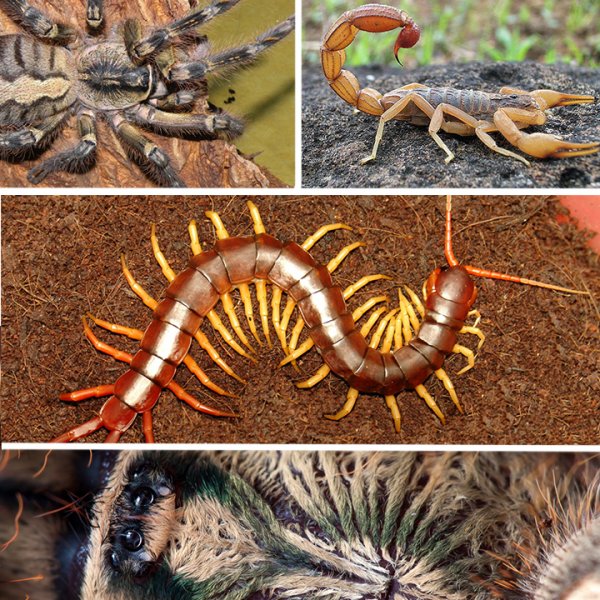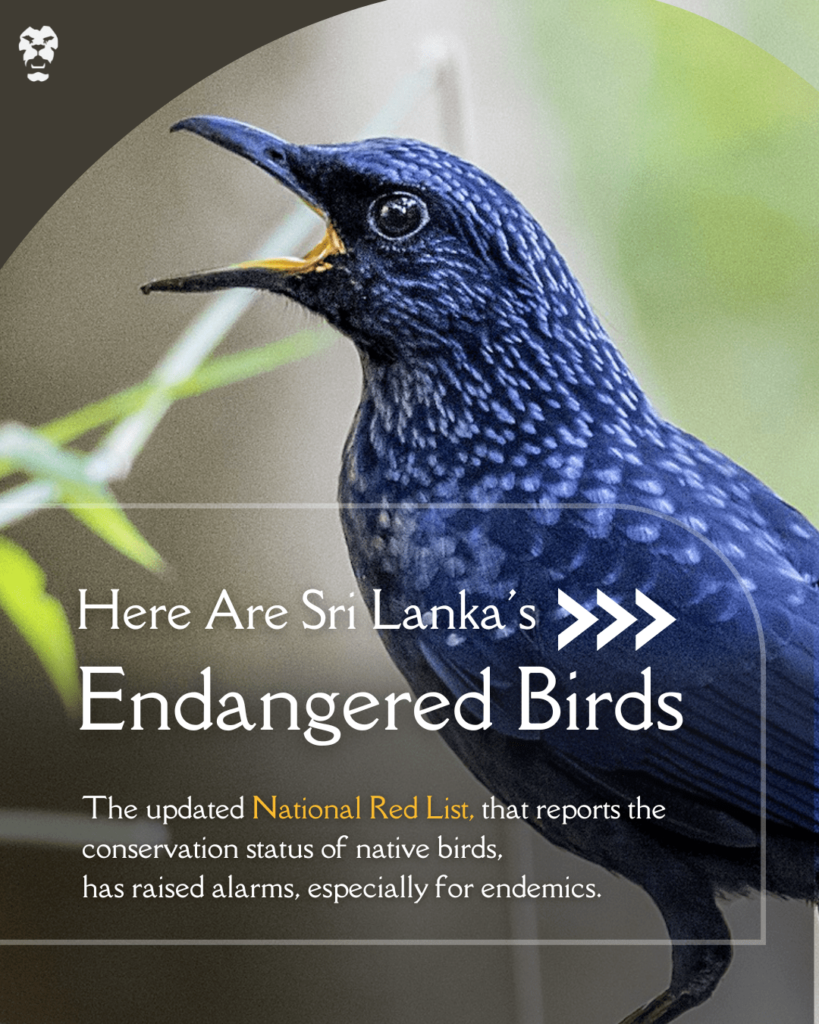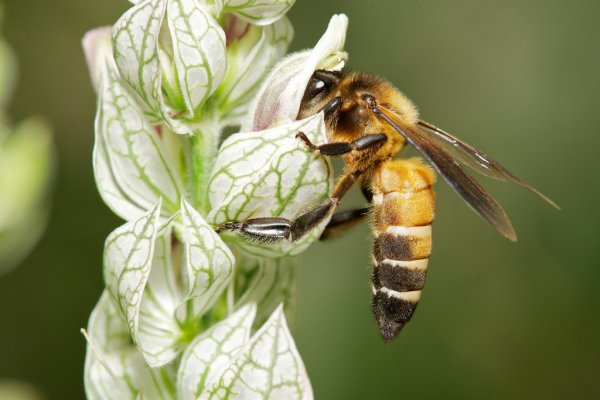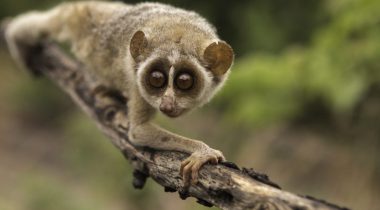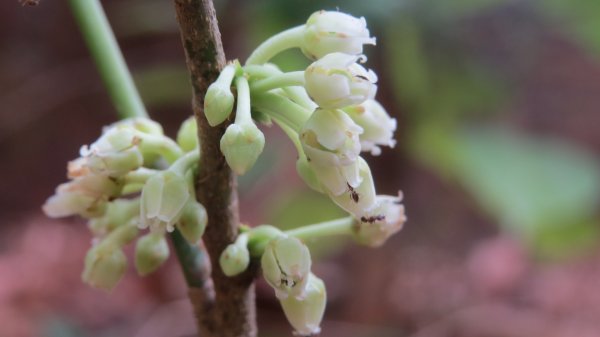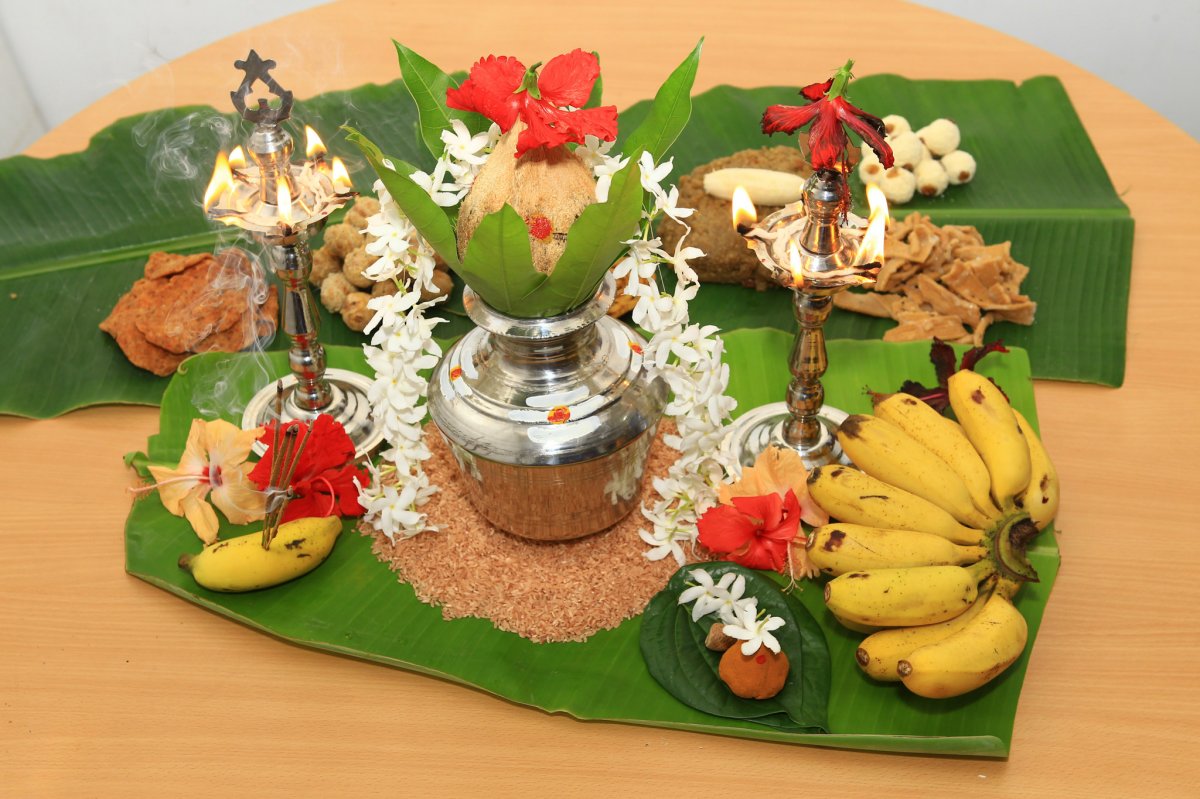
You don’t need to venture far to go birdwatching in Sri Lanka. Our forests, plains and other habitats are home to many different kinds of birds—both endemic and non-endemic—and our feathered friends have even made themselves at home in the urban and suburban areas of our island.
Here’s a look at some species of birds that can be often seen in Colombo and its surrounding areas.
Common Babbler (Turdoides Affinis)

Small flocks of common babblers can be seen in home gardens during the early hours of the day. Image courtesy aiukumara.blogspot.com
The common babbler, better known as demalichcha in Sinhalese, regularly visits home gardens in flocks during the early hours of the day. They can be identified by their grey-brown feathers and loud chirping—hence the name ‘babbler’.
The common babblers usually live in flocks of seven to nine birds per flocks, and each of these flocks has a well defined territory of sorts, which they fiercely defend from others flocks of the same species.
They are omnivorous birds which feed on small insects, worms, fallen fruit, and also bread crumbs, rice and coconut refuse.
Common Tailorbird (Orthotomus Sutorius)
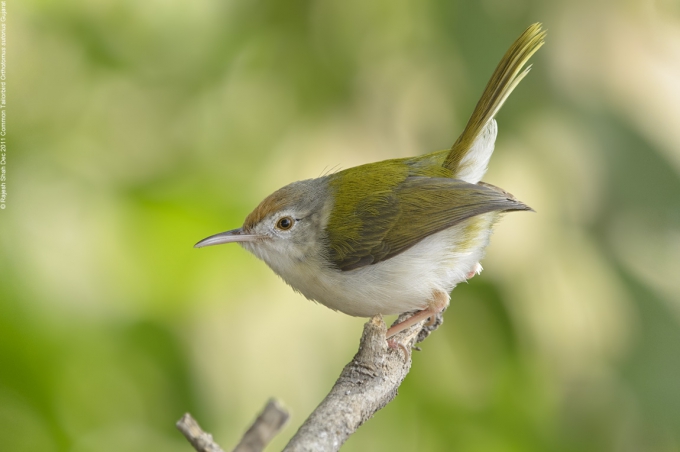
The common tailorbird has a fascinating habit of weaving a cradle out of plant fibres and leaves as its nest. Image courtesy indiasbirds.wordpress.com
This bird is also a frequent visitor to home gardens and gets its English name from the way its nest is constructed—it weaves plant fibre or spider webs together with leaves to make a sort of cradle, in which it builds its nest.
It can be identified by its olive green plumage, white under belly and cocked-up tail. In Sinhalese this bird is known as battichcha, and is a carnivorous bird which feeds on worms, insects and insect larvae which it finds on plants.
Ceylon Magpie Robin (Urocissa Ornata)
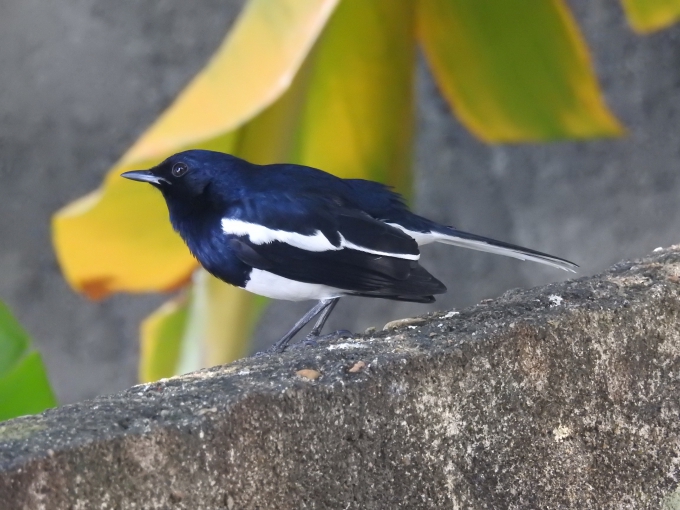
Male Ceylon magpies are black and white in colour, and their female counterparts have lighter, grey feathers. Image credit Jagath Gunawardana
The sound this bird makes is one of the most melodious bird songs that can be heard in our country. However, it is only the male Ceylon magpie species which makes this sound, especially during the lengthy breeding season which lasts from January to September each year.
In Sinhalese, the Ceylon magpie is known as the polkichcha. The male of this species is a jet black bird, with a white throat and under belly, while the female is covered with grey feathers.
White-Throated Kingfisher (Halcyon Smyrnensis)

This extremely colourful bird is usually seen near small bodies of water. Image credit hbw.com/Abhilash Pillai
This bird is also known as the white-breasted kingfisher, and like its name suggests its neck and breast area are covered in white feathers. The rest of the bird’s body is covered in red and blue feathers, which gives it a striking appearance. It has a loud mating call, which is unique but quite unpleasant to the ears.
The white-throated kingfisher is a carnivorous bird which feeds on a wide variety of prey that includes fish, small snakes, amphibians, crabs, small rodents and small birds.
Small Flowerpecker (Dicaeum Erythrorhynchos)
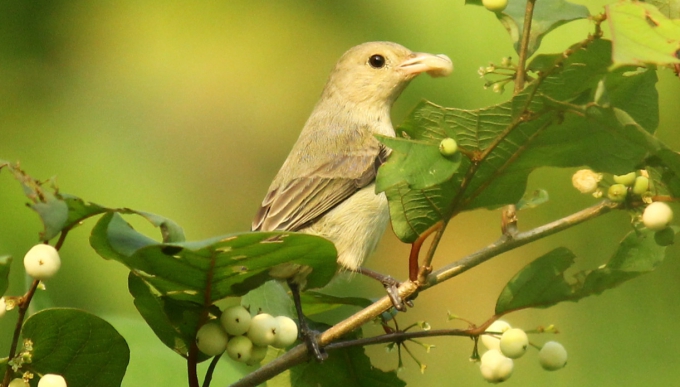
The small flowerpecker is the smallest bird found in Sri Lanka and India. Image courtesy birdsofgujarat.co.in
Also known as the pale-billed flowerpecker, this is the smallest bird found in Sri Lanka and India. It is a little grey coloured bird which feeds on the fruit and nectar of various plants. It is a very active bird and can also make a loud ‘ticking’ noise.
The Lesser Sri Lankan Flameback (Dinopium Psarodes)
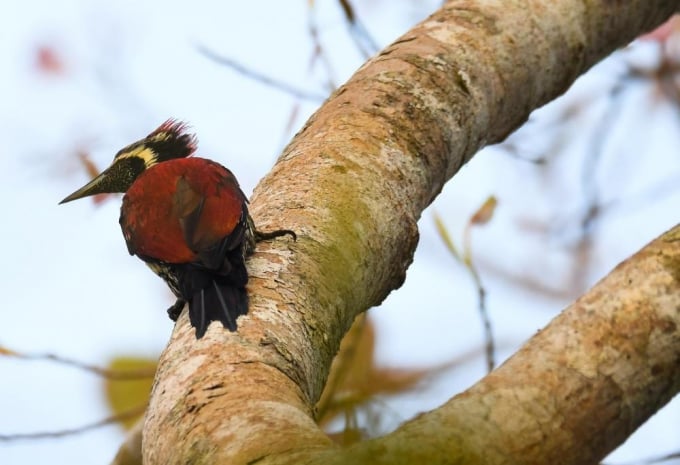
This species of woodpecker is one of the most common endemic birds in the island. Image courtesy hbw.com
This bird is a species of woodpecker which is endemic to Sri Lanka. It is one of the most common endemic species of bird in Sri Lanka and can be seen on trees in and around urban areas, where it makes its nests. The Lesser Sri Lankan Flameback has a red breast and red and black wings, and is an omnivorous bird which feeds on insects, worms and plant matter.
Brown Headed Barbet (Psilopogon Zeylanicus)
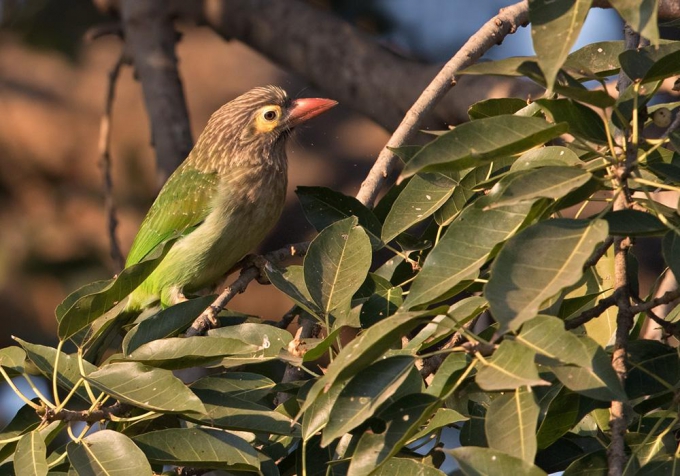
This bird can be identified by the unique bird sound it makes. Image courtesy hbw.com
In Sinhalese, this bird is known as the polos kottoruwa. It is a relatively large bird with green feathers, a streaked brown head, neck and breast, a red bill, and yellow markings around its eyes.
It is a very loud bird which makes a very unique bird call with its beak closed—the two flaps of skin on either side of its throat balloon outwards when it makes this sound.
Even though the wild, mostly uninhabited areas of Sri Lanka may be the best locations for our local avifauna to thrive in, these specific species of birds have adapted to live in urban and semi-urban areas. The two biggest reasons which have allowed these birds to adapt to these environments are the availability of food and shelter.
Locations with more vegetation often mean that there is a wider availability of food and shelter for birds. However, if trees in a particular location are scarce, the species have no issue making their nests inside of houses and other buildings, and have no trouble in finding their sources of food in these areas.
Featured image: The Indian Myna or Common Myna (Acridotheres tristis), one of the most commonly spotted birds in Sri Lanka’s urban areas. Courtesy: wegosrilanka.co

